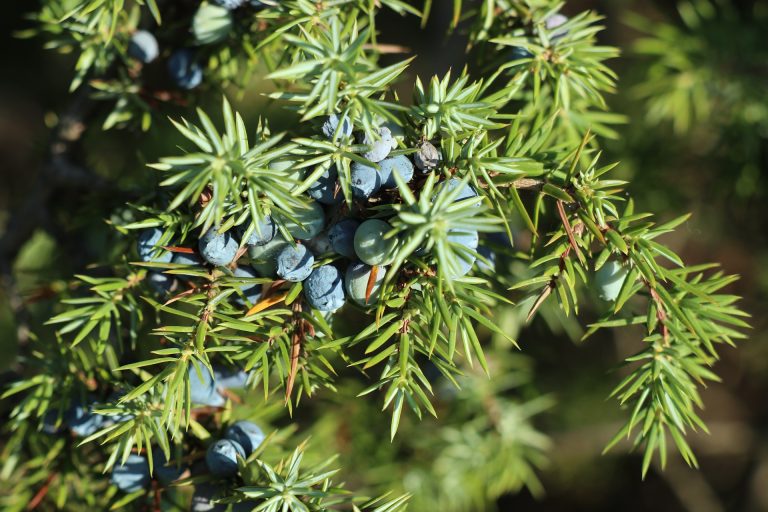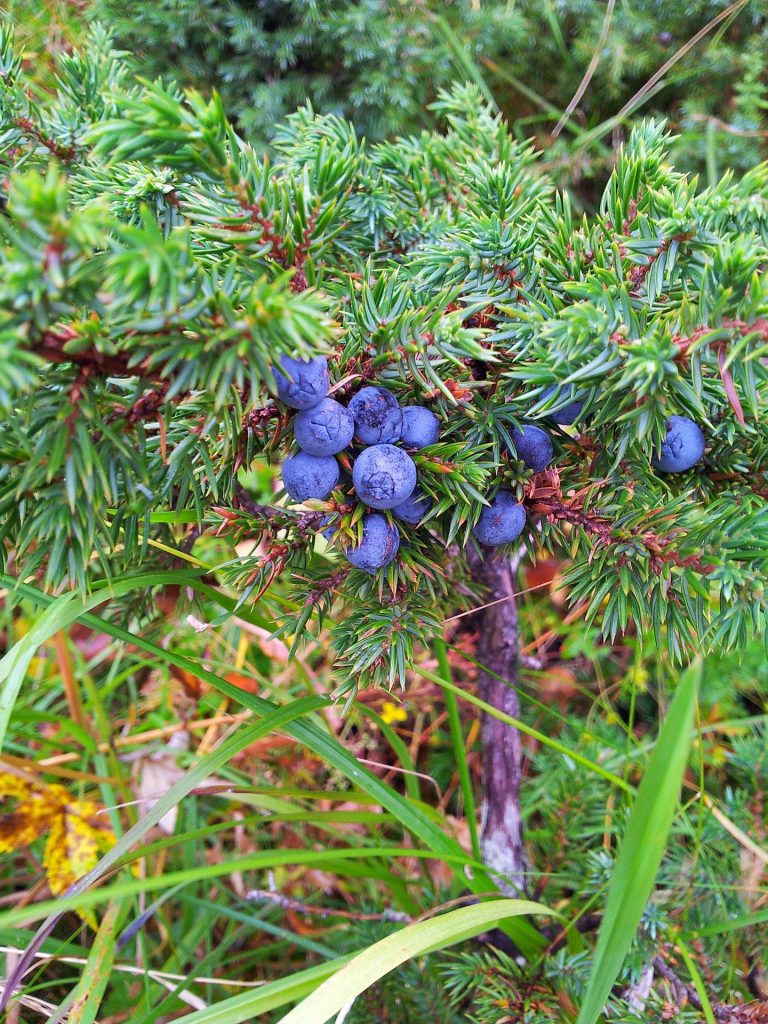Introduction
Juniper berries, with their distinctive aroma and versatile uses, are much more than a mere spice. These small, blue-black berries come from juniper trees and shrubs belonging to the genus Juniperus, which encompasses over 60 species found across the Northern Hemisphere. Beyond their culinary applications, juniper berries hold historical, medicinal, and even spiritual significance in various cultures. This article explores the botanical characteristics, cultivation, nutritional value, culinary uses, medicinal properties, and cultural significance of juniper berries.
Botanical Characteristics
Juniper berries are not true berries but rather the female seed cones of juniper trees. These trees are evergreen, belonging to the cypress family (Cupressaceae), and vary widely in size and appearance depending on the species. Most juniper trees have needle-like or scale-like leaves that are often aromatic, and they produce small, fleshy cones that take about two to three years to ripen into the characteristic blue-black berries. The berries are typically harvested in late summer to early autumn when fully mature.

Cultivation
Juniper trees are hardy and adaptable, thriving in diverse climates ranging from arctic tundra to temperate regions and even some subtropical areas. They prefer well-drained soils and full sunlight but can tolerate poor soils and drought conditions. Propagation is commonly done from seeds, although some species can also be propagated from cuttings or grafting. Juniper berries are often gathered from wild plants, as cultivating them commercially can be challenging due to their slow growth and specific soil requirements.
Nutritional Value
Juniper berries are relatively low in calories but pack a punch in terms of flavor and nutritional content. They are rich in antioxidants, particularly flavonoids and polyphenols, which contribute to their health-promoting properties. A typical serving size of juniper berries (about 100 grams) provides approximately 525 calories, 25 grams of fat, 36 grams of carbohydrates, 10 grams of fiber, and 10 grams of protein. They are also a good source of vitamins and minerals, including vitamin C, vitamin E, vitamin K, manganese, and calcium.
Culinary Uses
In culinary traditions worldwide, juniper berries are prized for their unique flavor, which is often described as piney, citrusy, and slightly peppery. They are a key ingredient in the production of gin, where they impart their distinctive aroma and taste during the distillation process. Beyond gin, juniper berries are used to flavor various alcoholic beverages, including some types of beer and traditional Scandinavian aquavit.
In cooking, juniper berries are commonly used to season game meats such as venison, wild boar, and rabbit, as well as poultry and certain fish dishes. They can be crushed or ground and added to marinades, sauces, and stews to enhance flavor and aroma. In Scandinavian and German cuisines, juniper berries are a traditional seasoning for sauerkraut, pickled herring, and other preserved foods.

Medicinal Properties
Juniper berries have been used from a long time in traditional medicine for their innumerable health benefits. They are believed to have diuretic properties, promoting urine production and aiding in the detoxification of the body. Juniper berry extract or tea is sometimes used to alleviate digestive issues such as bloating, gas, and indigestion. The berries also contain essential oils with antimicrobial properties, which may help combat certain infections.
In aromatherapy, juniper essential oil is valued for its calming and purifying effects. It is used in massage oils, bath salts, and diffusers to promote relaxation and relieve stress. However, it’s important to note that juniper berries and their extracts should be used cautiously, as excessive consumption can cause adverse reactions and interact with certain medications.
Cultural Significance and Traditions
Throughout history, juniper berries have held symbolic and cultural significance in various societies. In ancient Greece and Rome, juniper branches were burned as incense during religious ceremonies and rituals. Among Native American tribes, juniper berries were used for their medicinal properties and as a flavoring agent in food preparation. In European folklore, juniper trees were believed to ward off evil spirits, and the berries were sometimes placed above doorways for protection.
In modern times, juniper berries continue to be celebrated in cultural events and festivals, particularly in regions where juniper trees are native or abundant. They are also increasingly recognized for their role in sustainable agriculture and landscaping, as juniper trees provide habitat and food for wildlife while contributing to soil stabilization and erosion control.

Conclusion
In conclusion, juniper berries are not just a spice or flavoring agent but a botanical marvel with a rich history and diverse uses. From their culinary applications in gin production and cooking to their medicinal properties in traditional and alternative medicine, juniper berries embody a blend of tradition, science, and cultural significance. As research continues to uncover their potential health benefits and ecological contributions, juniper berries remain a valuable resource and a testament to the enduring connection between humans and the natural world. Whether enjoyed in a cocktail, infused in a hearty stew, or admired in their natural habitat, juniper berries continue to captivate and inspire appreciation for their unique qualities and timeless appeal.

